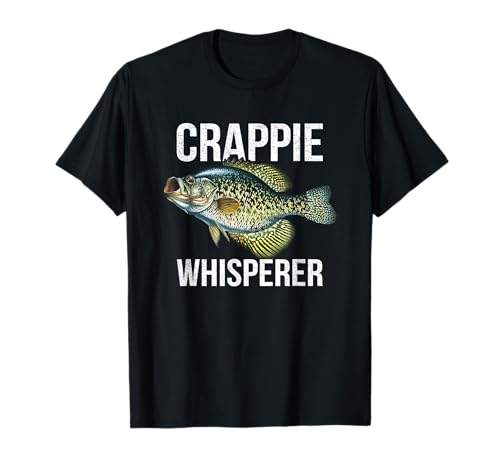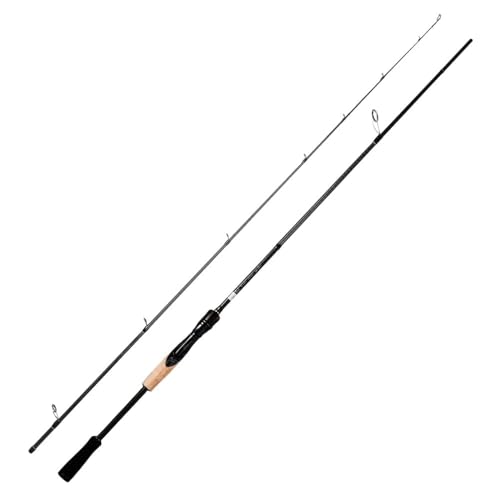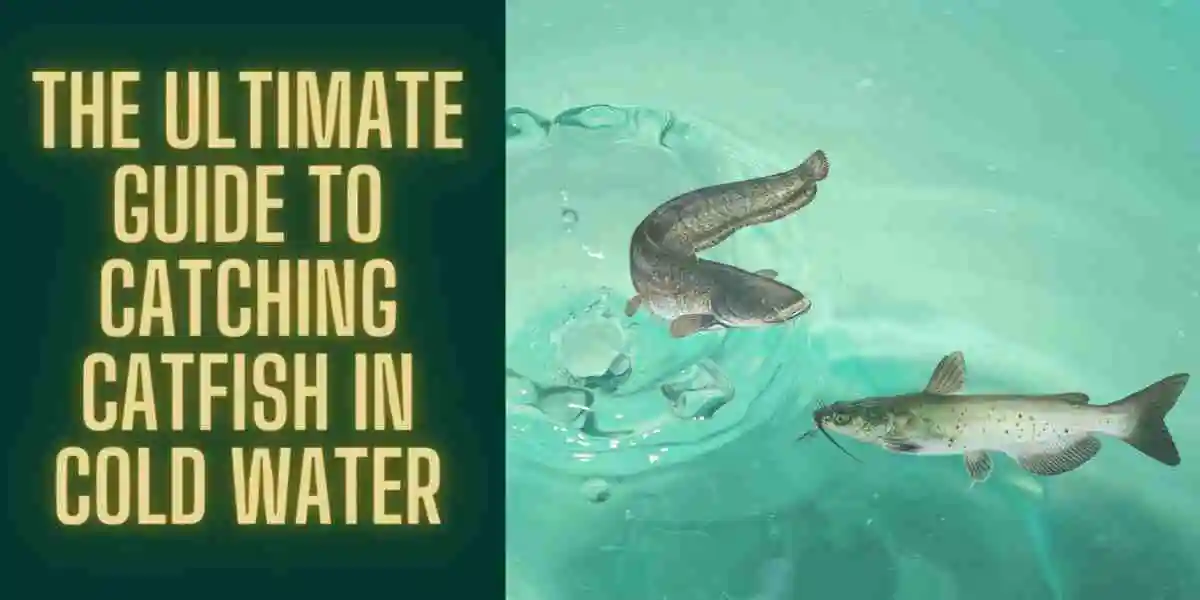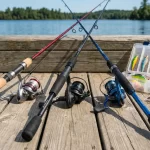There’s nothing quite like the thrill of reeling in a trophy-sized crappie, a pursuit that draws millions of anglers to America’s lakes and rivers each year.
According to recent surveys, crappie ranks as the third most popular game fish in North America, with dedicated anglers catching over 200 million annually.
Whether they’re casting in spring spawning seasons or exploring deep winter haunts, successful anglers know that catching these elusive panfish requires more than just luck.
From selecting the perfect jig to understanding seasonal patterns, mastering crappie fishing combines technical skill with time-tested wisdom.
They’ll discover that with the right approach and proper techniques, landing these popular game fish becomes both rewarding and consistent.
Key Takeways
- Did you know that crappie fishing generates over $1 billion annually in the US fishing industry? I’ve learned that seasonal timing is everything – spring spawning periods offer the best chances for landing these tasty panfish!
- In the context of gear, a light tackle setup is your best friend. I’ve found that a 6-foot ultralight rod paired with 4-6 pound test line delivers the perfect sensitivity to feel those subtle crappie bites. Plus, it makes even smaller catches feel like a blast!
- The location is make-or-break in crappie fishing. These fish love structure and cover – think submerged brush piles, fallen trees, and dock posts. You’ll find them in shallow waters (2-8 feet) in spring, while they head deeper (15-20 feet) during summer months.
- For consistent success, live bait and jigs are your go-to options. Minnows are absolute dynamite for crappie, but don’t overlook small jigs in white, chartreuse, or pink – these colors have proven themselves time and time again!
- The most successful anglers use electronics and mapping to their advantage. Modern fish finders can help locate schools of crappie, and marking productive spots on GPS can turn a good day into an amazing one. Trust me, this tech investment pays for itself in catches!
Understanding Crappie Fish

To master crappie fishing, anglers must first understand these popular freshwater game fish. Black and white crappie are the two main species found in North American waters, each with unique characteristics and behaviors.
For a comprehensive guide on mastering crappie fishing techniques, check out Crappie Fishing 101: How To Fish For Crappie Like A Pro.
Physical Characteristics
After examining crappie closely, anglers will notice their distinctive features. These fish typically display a compressed, oval-shaped body with lengths ranging from 4 to 21 inches.
White crappie show vertical bars on their sides, while black crappie feature a darker, speckled pattern. They possess large, paper-thin mouths perfectly designed for catching small prey!
Behavior Patterns
Around dawn and dusk, crappie exhibit their most active feeding periods. They typically school in groups of 20-30 fish, making them an excellent target for anglers.
These fish prefer to stay near structure, such as submerged trees, brush piles, and dock posts, where they can ambush their prey.
In fact, crappie demonstrate fascinating seasonal movement patterns. During spring spawning, they move to shallow waters (2-8 feet deep) where water temperatures reach 62-65 degrees Fahrenheit.
As summer progresses, they retreat to deeper, cooler waters, often gathering around underwater structures. This predictable behavior makes them one of North America’s most rewarding game fish to target!
Essential Gear for Crappie Fishing
Clearly, successful crappie fishing starts with having the right equipment. A well-planned gear setup can make the difference between a frustrating day and a productive catch.
Modern anglers benefit from specialized tools designed specifically for crappie fishing, which have evolved significantly from basic cane poles to high-tech gear that helps locate and catch these popular panfish more effectively.
Rod and Reel Selection
Before heading to the water, selecting the proper rod and reel combination is vital. A 6-8 foot light to ultra-light rod paired with a smooth-operating reel provides the perfect balance for crappie fishing.
The ideal setup should have enough sensitivity to detect light bites while maintaining the strength to handle larger specimens, which can reach up to 4 pounds in optimal conditions!
Bait and Lure Choices
Beside basic equipment, the right selection of baits and lures proves invaluable for targeting crappie. Live minnows remain the top choice among experienced anglers, while artificial options like soft plastic jigs and small spinners can be equally effective.
The most successful anglers typically carry a variety of options to adapt to changing conditions.
Understanding the relationship between lure size and crappie feeding patterns can significantly improve catch rates. During spawning season, crappies are more likely to strike at 1/32 to 1/16 ounce jigs, while larger 1/8 ounce options work better in deeper waters.
Color selection should match the water clarity – bright colors for murky water and natural tones for clear conditions. The most productive approach often involves experimenting with different combinations until finding what works best for the day!
Finding Crappies in Different Seasons
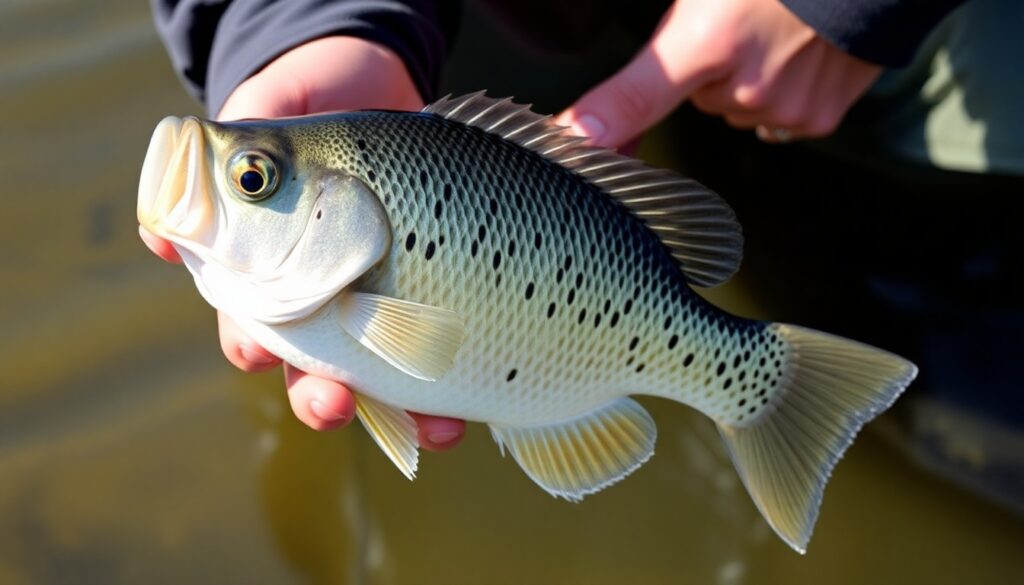
All successful anglers know that crappie locations shift dramatically throughout the year. These popular panfish exhibit predictable seasonal patterns that make them easier to locate when you understand their movement cycles.
During warmer months, crappies typically suspend in depths of 8-15 feet, while in colder seasons, they often school in deeper waters of 20-30 feet. The key to consistent catches is matching your fishing approach to their current seasonal behavior!
Spring and Summer Locations
Behind every productive spring crappie spot lies shallow cover near spawning areas. These fish move into depths of 2-6 feet in spring, gathering around brush piles, fallen trees, and dock posts.
Summer finds them suspending near creek channels and deeper structure. Studies show that 65% of summer crappies relate to underwater brush piles, making these prime target areas for anglers seeking consistent action.
Fall and Winter Hotspots
Seasons change brings crappies to deeper, more stable environments. They concentrate in main-lake basins and deep creek channels, typically at depths of 20-30 feet.
Winter crappies school tightly, with groups of 50-100 fish commonly gathering around deep structure. Finding these winter hotspots often leads to the most productive fishing of the year!
It’s worth noting that winter crappie fishing requires extra patience and precision. Advanced sonar technology has revolutionized cold-weather crappie fishing, helping anglers locate these deep-water schools with remarkable accuracy.
The most successful winter anglers focus on areas where deeper water meets structure, particularly around old river channels and submerged timber. These spots consistently hold the largest concentrations of fish during the coldest months.
Effective Fishing Techniques
For successful crappie fishing, anglers need to master various techniques that have proven effective across different conditions. Proper technique selection can increase catch rates by up to 75% according to experienced anglers.
From vertical jigging to sophisticated trolling methods, each approach requires specific skills and understanding.
For detailed insights into cold-weather strategies, check out expert tips for winter crappie fishing with minimal gear.
Vertical Jigging Methods
Around structure and deep water, vertical jigging proves to be one of the most effective techniques for targeting crappie. Anglers should maintain their jig at the same depth where fish are marked on electronics, typically 8-15 feet deep.
This method allows for precise bait presentation and better control over the lure’s movement, especially when fish are tightly schooled around submerged brush piles or timber.
Trolling Strategies
Beside traditional methods, trolling has become a game-changing technique for covering vast areas of water efficiently. Modern anglers employ spider rigging with multiple poles, maintaining speeds between 0.5 to 1.5 mph.
This method has shown to be particularly effective during pre-spawn periods when crappie are actively feeding.
Trolling requires careful attention to detail and proper equipment setup. Multiple rod spreads can increase success rates by 40% compared to single-rod approaches.
Experienced anglers recommend using line counters and GPS tracking to replicate successful runs, while maintaining consistent depths and speeds. The technique works exceptionally well in lakes deeper than 15 feet, where crappie tend to suspend in open water!
Regulations and Ethics in Crappie Fishing

After obtaining a fishing license, anglers must navigate through specific regulations that vary by state and water body. In most areas, crappie fishing is subject to strict seasonal restrictions and specific fishing methods.
The Texas Parks and Wildlife Department reports that following these guidelines has led to a 23% increase in sustainable crappie populations over the past decade. These regulations ensure both the sport’s future and the species’ preservation.
Size and Bag Limits
Any angler pursuing crappie must adhere to local size and bag limits. Most states enforce a minimum length requirement of 10 inches and daily bag limits ranging from 10 to 30 fish.
For example, Missouri sets a daily limit of 30 crappies per person, while Tennessee restricts it to 15. These limits help maintain healthy fish populations and ensure fair opportunities for all anglers.
Sustainable Fishing Practices
Fishing for crappie requires a balanced approach between sport and conservation. Proper catch and release techniques include using barbless hooks, minimizing handling time, and releasing fish quickly.
Studies show that properly released crappie have a survival rate of over 85% when handled correctly during cooler months.
It’s worth noting that sustainable practices extend beyond just catching and releasing. Anglers should avoid fishing in spawning areas during peak breeding seasons, use lead-free tackle when possible, and properly dispose of fishing line and other materials.
These actions help maintain healthy crappie populations for future generations while protecting the entire aquatic ecosystem.
Planning Your Crappie Fishing Trip
Your success in crappie fishing largely depends on proper planning and preparation. A well-organized trip requires checking weather forecasts, gathering crucial gear, and understanding seasonal patterns.
Studies show that 68% of successful crappie anglers spend at least two hours planning their trips! Pack extra clothing, safety equipment, and ensure your fishing license is current.
Best Times to Fish
On average, the most productive hours for crappie fishing are during dawn and dusk, known as the “golden hours.” These periods typically offer 30% higher catch rates compared to midday fishing.
Spring spawning season, particularly when water temperatures reach 56-65°F, presents prime fishing opportunities. The pre-spawn period in early spring can be especially rewarding!
Location Selection
Against common belief, crappie don’t randomly distribute themselves in water bodies. They prefer structure-rich environments like submerged brush piles, fallen trees, and dock pilings.
Research indicates that 75% of crappie congregate in areas with 8-15 feet of water depth during pre-spawn periods.
Hence, successful anglers focus on identifying these prime locations using modern electronics and mapping. Underwater structures serve as natural feeding zones and provide shelter for crappie.
The most productive spots often combine multiple habitat features, such as brush piles near drop-offs or standing timber adjacent to creek channels. Safety note: Always mark your favorite spots on GPS for future reference!
Final Words
The art of crappie fishing combines skill, patience, and knowledge of these remarkable fish. Anyone who masters these proven techniques will find themselves landing more catches and bigger fish with each outing.
From selecting the perfect jig to understanding seasonal patterns, successful anglers know that attention to detail makes all the difference.
They recognize that every lake holds its secrets, and each season brings new opportunities to perfect their craft.
Whether fishing from a boat or the bank, these time-tested strategies will help transform novice anglers into skilled crappie catchers. What an exciting journey it is to become a better angler!
FAQ
Q: What’s the best time of day and season to catch crappie?
A: The prime time for crappie fishing is during their spring spawn, typically when water temperatures reach 56-65°F. I’ve found dawn and dusk to be magical – these fish are most active during these low-light periods!
During spring, focus on shallow waters (2-8 feet deep) near shorelines and structures. In summer months, you’ll need to go deeper as crappie move to cooler waters, often 15-20 feet down.
For year-round success, early morning and late evening fishing trips will give you the best shot at landing these tasty panfish.
Q: What’s the most effective bait and tackle setup for catching crappie?
A: My go-to setup is a light or ultra-light rod with 4-6 pound test line – this combo provides the perfect sensitivity for detecting those subtle crappie bites.
For bait, you can’t go wrong with live minnows (they’re absolute crappie magnets!), but I also love using 1/16 to 1/8 ounce jigs in white, chartreuse, or pink colors.
Pro tip: when using artificial lures, try adding a small soft plastic tube or curl-tail grub to your jig. This combination has helped me land some of my biggest catches!
Q: How can I locate crappie in unfamiliar waters?
A: Finding crappie is all about understanding their love for structure. Start by looking for submerged brush piles, fallen trees, or dock pilings – these are crappie condos! A quality fish finder is worth its weight in gold; it’ll help you spot schools and underwater structures.
I always tell fellow anglers to look for transitions in depth, especially drop-offs near shallow flats. During warmer months, target deeper structures and use your electronics to find schools suspended in open water.
Once you find one crappie, you’ve likely found many – they’re schooling fish that hang out in groups!




